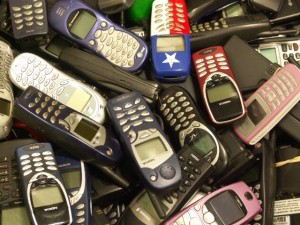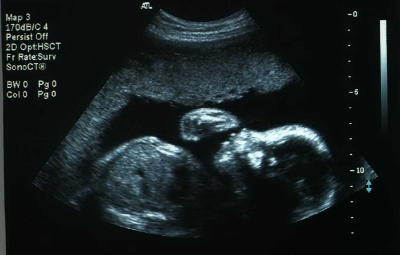 Environment and Human Health, Inc. (EHHI) released a cell phone environmental report calling for tougher standards to regulate cellular technologies—especially for children and pregnant women.
Environment and Human Health, Inc. (EHHI) released a cell phone environmental report calling for tougher standards to regulate cellular technologies—especially for children and pregnant women.
EHHI reviewed hundreds of peer-reviewed studies that examined the potential health threats associated with cellular device use, along with the regulatory standards that have been adopted by the U.S. and other nations.
John Wargo, Ph.D., professor of Environmental Risk and Policy at Yale University and lead author of the report, said, “The scientific evidence is sufficiently robust showing that cellular devices pose significant health risks to children and pregnant women. The weight of the evidence supports stronger precautionary regulation by the federal government. The cellular industry should take immediate steps to reduce emission of electromagnetic radiation (EMR) from phones and avoid marketing their products to children.”
EHHI President Nancy Alderman said, “Children between the ages of 8-18 spend an average of 7.5 hours per day—nearly half their hours while awake—on smart phones, computers, televisions or other electronic devices. Exposures to electromagnetic radiation are increasing most rapidly among the youngest in our society, as service providers focus their advertising on children and educational markets.”
Dr. Hugh Taylor, coauthor of the report, summarized his concerns regarding neurological effects from cell phone radiation. “The human brain is especially susceptible to numerous environmental insults that can produce irreversible damage during critical periods of nervous system development between conception and full maturity. A number of peer-reviewed studies reported changes in the nervous systems of rats, mice and humans following exposure to cell phone radiation. These include diminished learning, diminished reaction time, decreased motor function, reduced memory accuracy, hyperactivity and diminished cognition.”
Taylor explained differences in exposure between children and adults, “The thinner skulls of young children permit cell phone radiation to penetrate brain tissues more deeply than occurs in adults. Devices stored in pants pockets while in standby mode can expose rapidly developing reproductive organs to radiofrequency energy. Storage in shirt pockets will increase exposure to breast tissues. Children’s and fetuses’ rapidly developing nervous systems, more rapid rates of cell division, longer potential lifetime exposure, and longer average use per day all heighten their risks of adverse health effects.”
Wargo cautioned, “Cell phones have enjoyed exceptional freedom from government oversight and control to protect against health and environmental hazards before cell phone devices are marketed. There are no enforceable standards to limit human exposure to cell phone radiation. While the U.S. does not require any regulations to restrict advertising or warnings against use of cellular devices by pregnant women or children, many other nations do.”
Nancy Alderman, president of EHHI, summarized the group’s recommendations. “The government must take greater responsibility for testing cellular technologies before they are marketed to assure their safety, their proper disposal and to educate the public about safe patterns of use.”

